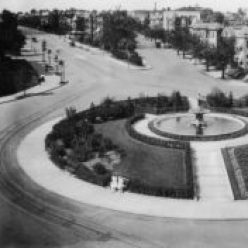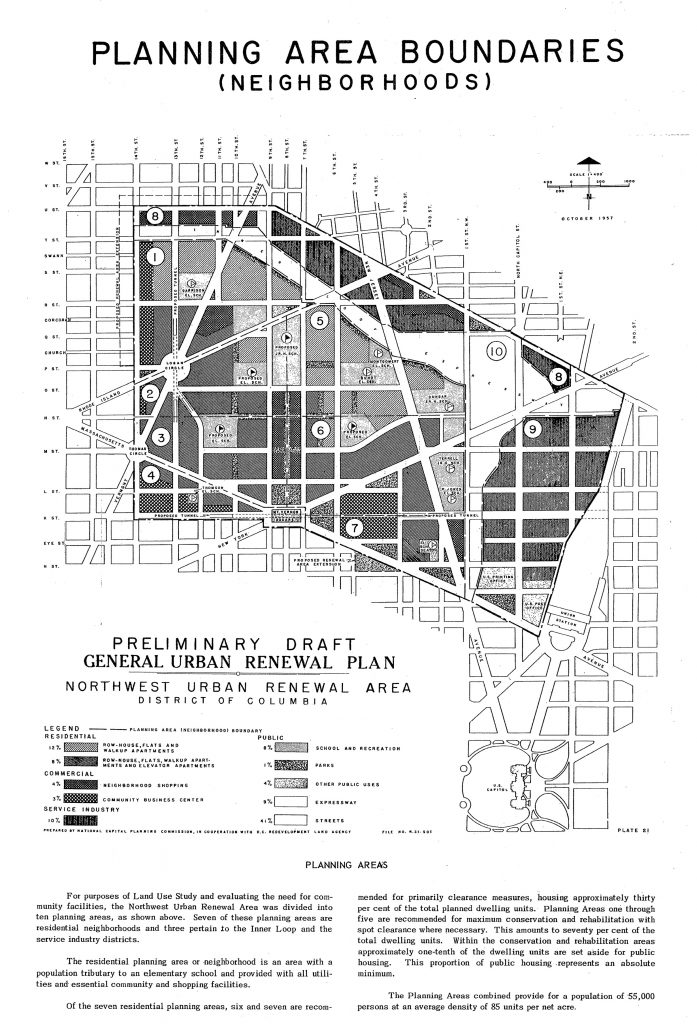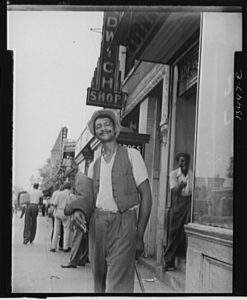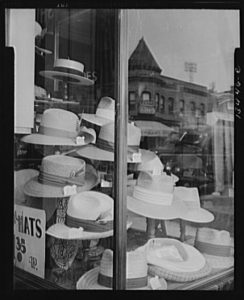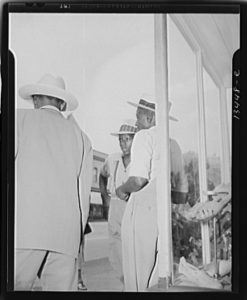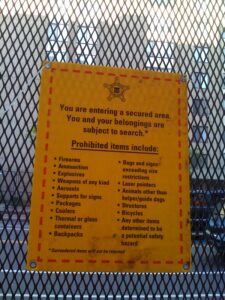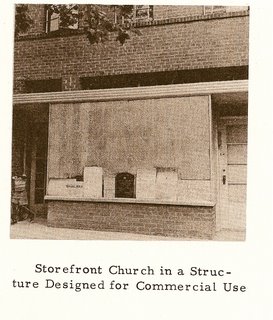This PDF you can find wandering around www.census.gov/prod/www/abs/decennial/index.html
the census website and look at the data and come to your own conclusions. Because
I have a bias, you have a bias, and we filter information differently.
This is for housing, looking at the condition of
houses in the TC part of Shaw, enumeration district 46. ED 46 goes from New
Jersey Ave NW to Florida Ave NW to New York Ave NW. Other parts of Shaw are in
EDs 44, 48, 45, 49, and 50. But I live in ED 46 so that’s what I’m looking at.
In 1950 there were 1766 housing units in Truxton
Circle total. Only 385 of those units were owner occupied, 1,297 rentals, the
rest vacant. What does this mean? If you’re living in the TC the house you’re
in was probably a rental for years because of what I’ve seen in other Census housing
reports. And that means the landlord more than likely didn’t live near the
house and didn’t give the house the same level of attention that a owner
occupied house would get. Of 1720 units, 439 had no bathroom and or was dilapidated,
268 no running water at all and or was considered dilapidated.
Let’s look at a couple of blocks. Census block 2,
Square 507 and Census block 20, Square #617. Block #2 is bordered by NJ, RI, FL
and 4th St. Of 106 units on that block, 26 were owner occupied, 78
rentals, 2 vacant/for sale. Of the occupied units, 47 had no private bath/ dilapidated,
and 7 had no running water/ dilapidated. 100% of the block was non-white, read
African American more than likely. Average rent $37.56 a month. Block #20
bounded by N St, North Cap, O and 1st Streets. Of 189 units, 31 were
owner occupied, 155 rentals, 2 vacant/for sale, and 1 other type of vacant. Of
186 reported occupied units, 90 had no private bath/ dilapidated, 86 had no running
water/dilapidated . 153 were non-white and the average rent was $36.80. To get
a sense, city wide there were 223,675 units, 27,727 with no private bath and 10,965
with no running water, average monthly rent $57.42.
The funny thing is whether a house is considered
dilapidated based on if there was decent plumbing. The actual phrasing is “No
private bath or dilap.”/ “No running water or dilap.” According to the report, “a
dwelling unit is ‘dilapidated’ when it is run down or neglected or is of
inadequate original construction, so that it does not provide adequate shelter
or protection against the elements or it endangers the safety of the occupants.”
In 1960 Block 2 had
77 units, 69 sound, 7 deteriorating, 1 dilapidated. Block 20, 180 units, 45
sound, 86 deteriorating, 49 dilapidated, and a majority of occupied housing
rented. Both majority non-white but not 100% non-white. For both, the number of
units went down, block 2 the most. Renters were the majority still.
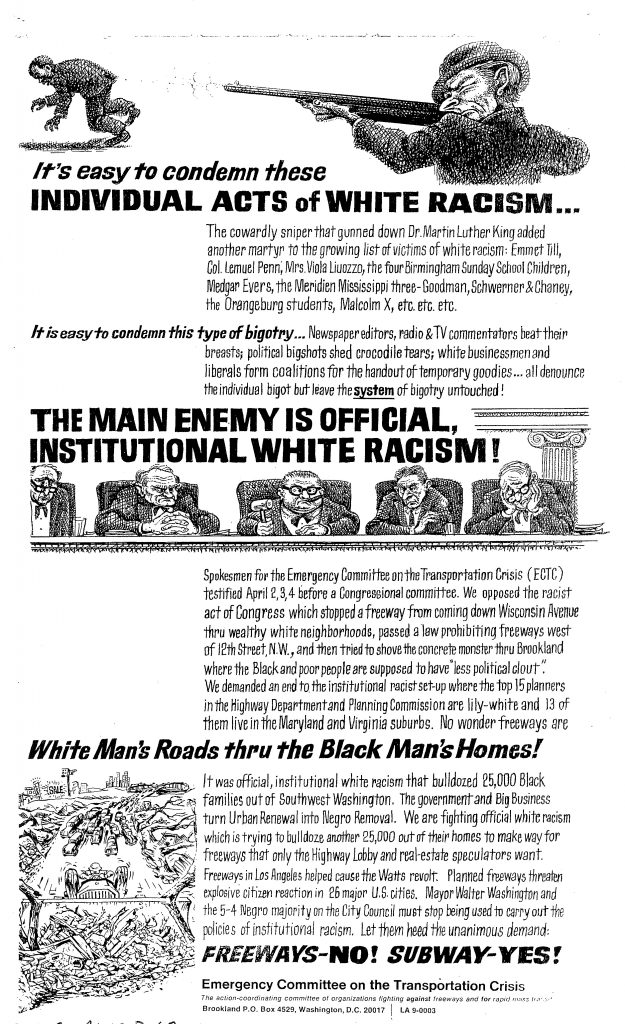 The thing I like about primary sources in history is that it occasionally reminds us of the things forgotten. We know of Emmet Till, the Birmingham Sunday school children, Medgar Evers, and Malcolm X, however those other people require Googling. Yet, the people who this flyer/poster was aimed at knew who was Col. Lemuel Penn.
The thing I like about primary sources in history is that it occasionally reminds us of the things forgotten. We know of Emmet Till, the Birmingham Sunday school children, Medgar Evers, and Malcolm X, however those other people require Googling. Yet, the people who this flyer/poster was aimed at knew who was Col. Lemuel Penn.
